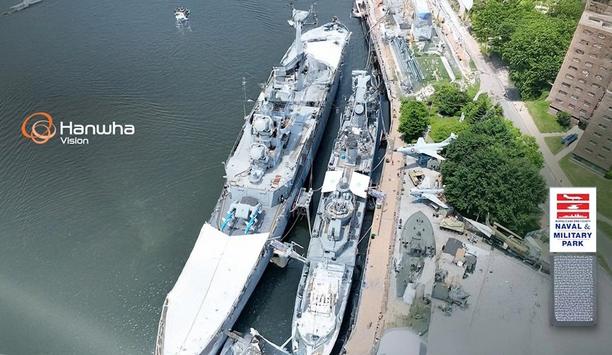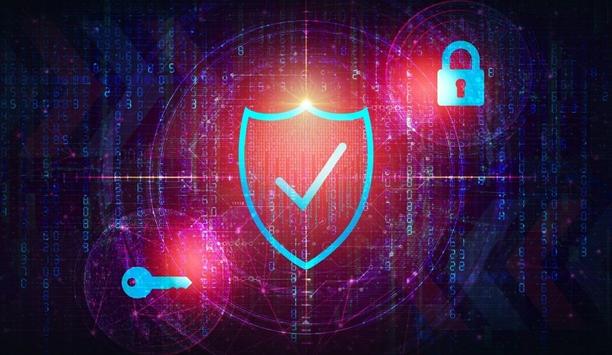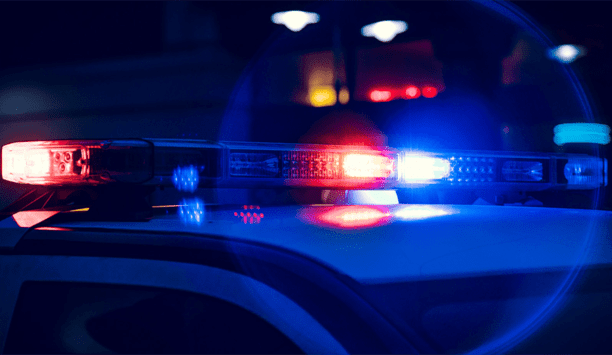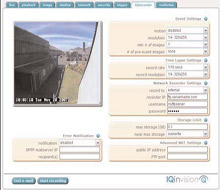 IQinVision, market leader in high-performance megapixel network cameras, smart IP cameras, and network video recording systems, recently announced that Poland's Silesian University has deployed IQeye 705 megapixel cameras to support critical global climate research. IQinVision distributor Suma Sp. introduced the IQeye technology to the university.
IQinVision, market leader in high-performance megapixel network cameras, smart IP cameras, and network video recording systems, recently announced that Poland's Silesian University has deployed IQeye 705 megapixel cameras to support critical global climate research. IQinVision distributor Suma Sp. introduced the IQeye technology to the university.
Silesian Earth Science faculty have conducted research for over 25 years on changes at the Spitsbergen glacier for the Hansbreen tongue and its ice calving. The research is financed by the Polish Ministry of Science and Higher Education. Using various instruments, devices and techniques to monitor changes of the glacier the scientists are gathering important information about global climate changes and trends.
Earlier this year, research staff decided to take advantage of the capabilities of megapixel IP cameras to record changes to the Hansbreen tongue. "At the beginning of the research we tried to use analogue cameras but the severe climate badly affected the mechanical elements," said Leszek Kolondra Sc.D, Faculty of Earth Sciences, Silesian University. The failure of analogue CCTV cameras sent the research team in search of high-performance cameras that were also robust and stable. After meeting with Suma, Silesian University decided on IQeye 705 cameras designed to meet the project's demands and to work 24/7 with on-board solid-state recording.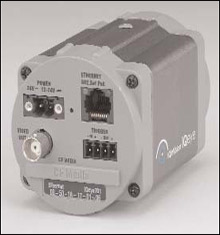 Glacier observation and recording began during the arctic day period, when the average temperature is only 3-4 Celsius. Two cameras where placed 220 meters from each other and 200 meters above sea level. Each camera is charged with a 50Ah battery linked to solar cells, and during the polar day the IQeyes worked perfectly. Because the glacier doesn't move very rapidly, cameras were set to take one picture per hour. Images were recorded with IQrecorder on the CF (4GB). Even with 24 high-definition images per day through the entire arctic day period, one CF card stores all the images.
Glacier observation and recording began during the arctic day period, when the average temperature is only 3-4 Celsius. Two cameras where placed 220 meters from each other and 200 meters above sea level. Each camera is charged with a 50Ah battery linked to solar cells, and during the polar day the IQeyes worked perfectly. Because the glacier doesn't move very rapidly, cameras were set to take one picture per hour. Images were recorded with IQrecorder on the CF (4GB). Even with 24 high-definition images per day through the entire arctic day period, one CF card stores all the images.
Once the arctic day ended, some challenges emerged as the regular day/night cycle returned to the Spitsbergen glacier. Battery charging time was reduced and temperatures fell further. However, due to the IQeye 705's low power consumption, the cameras were still able to take about 10 images each day before night fell.
Thanks to the IQeye cameras, scientists for the first time recorded the phenomena of sub-glacial water flowing out to sea. The IQeye images together with other meteorological and seismic data will allow scientists to define the glacier response to higher melting demonstrated by the intensity in outflow of sub-glacier rivers.





